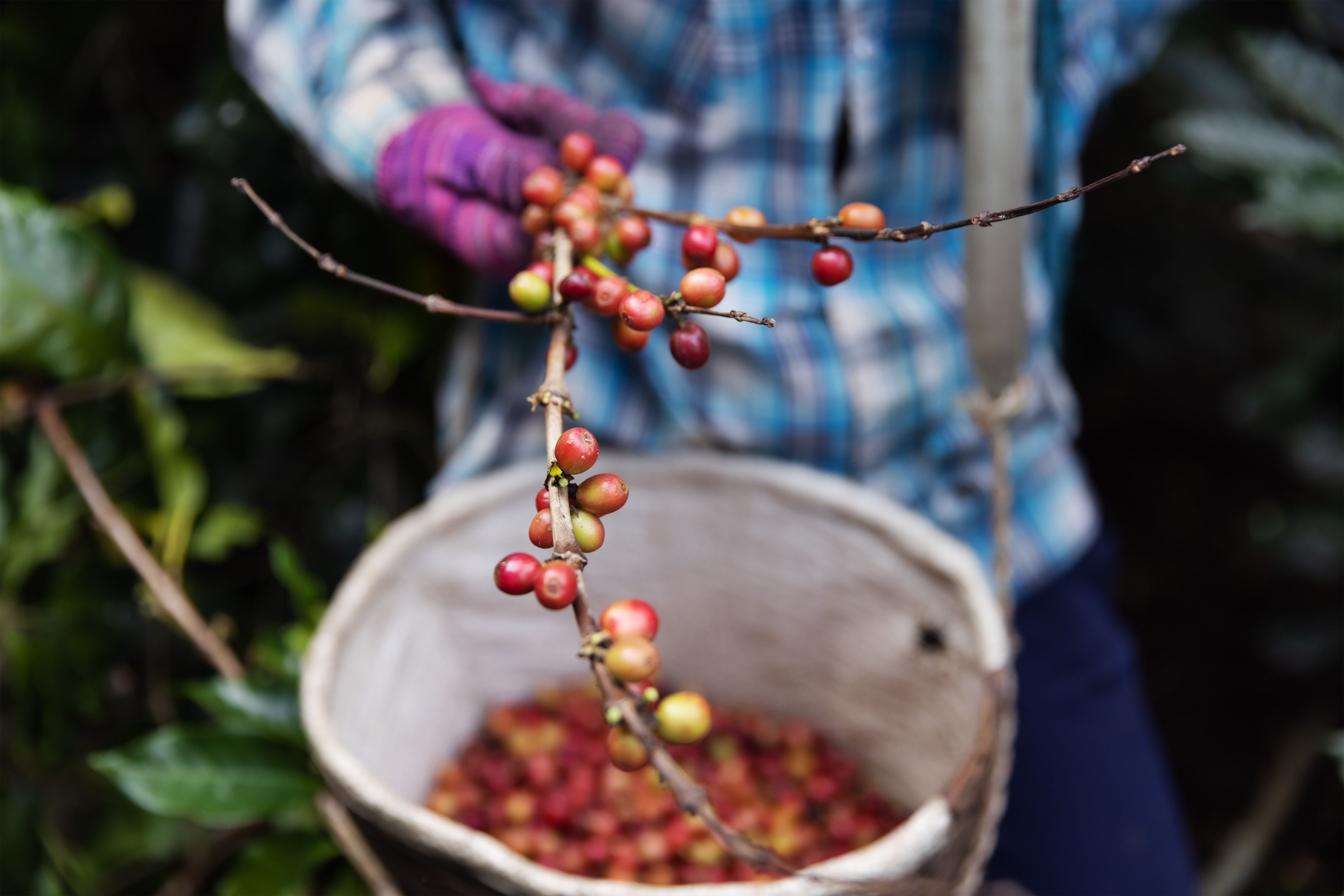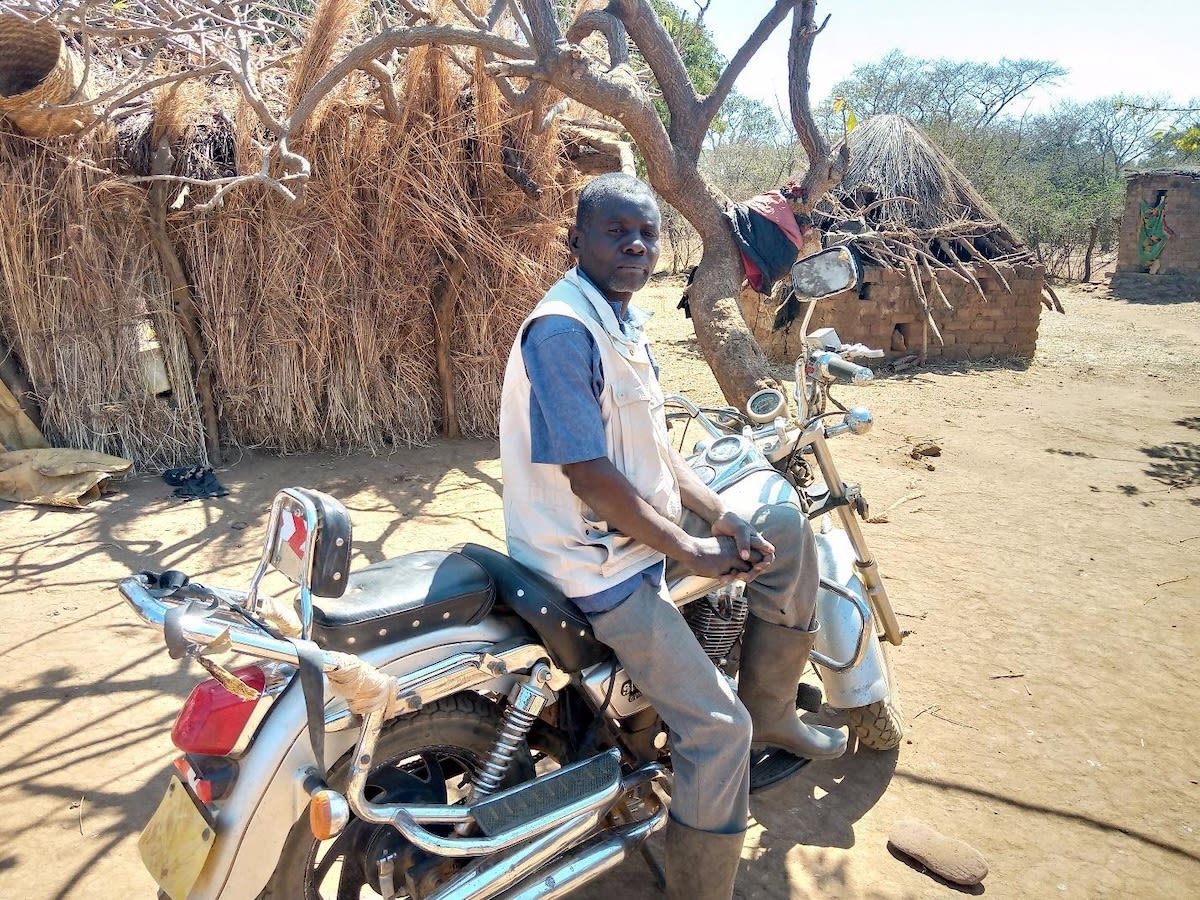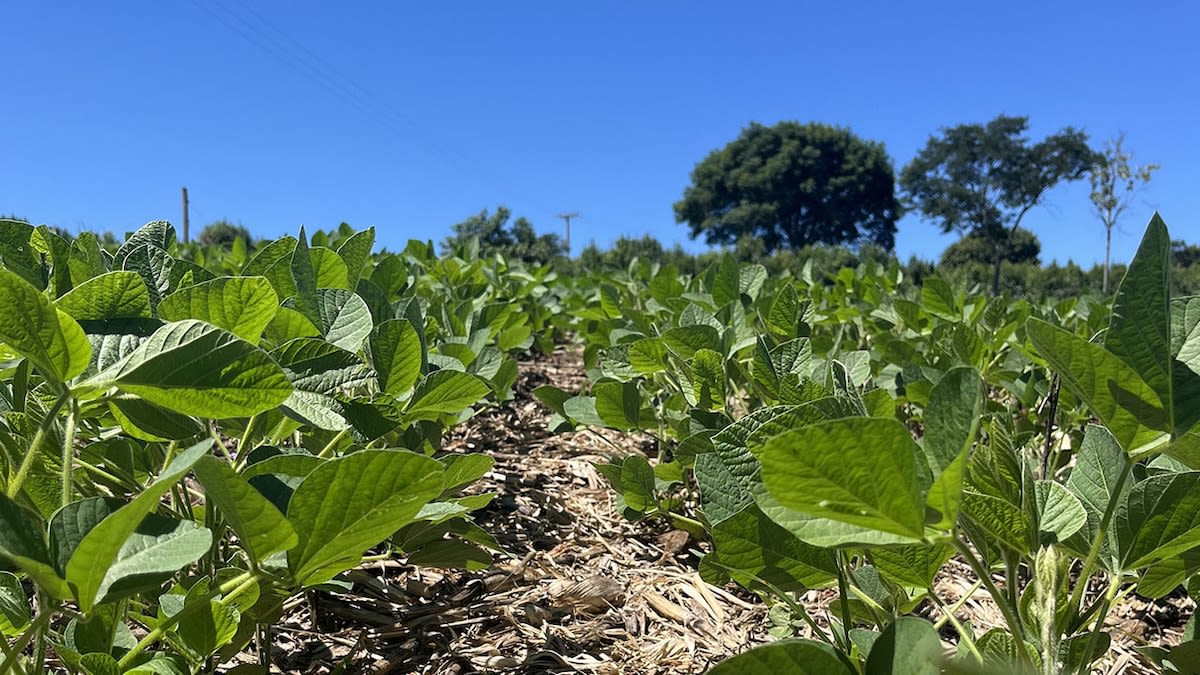SMALL FARMER ATLAS
SOYBEANS
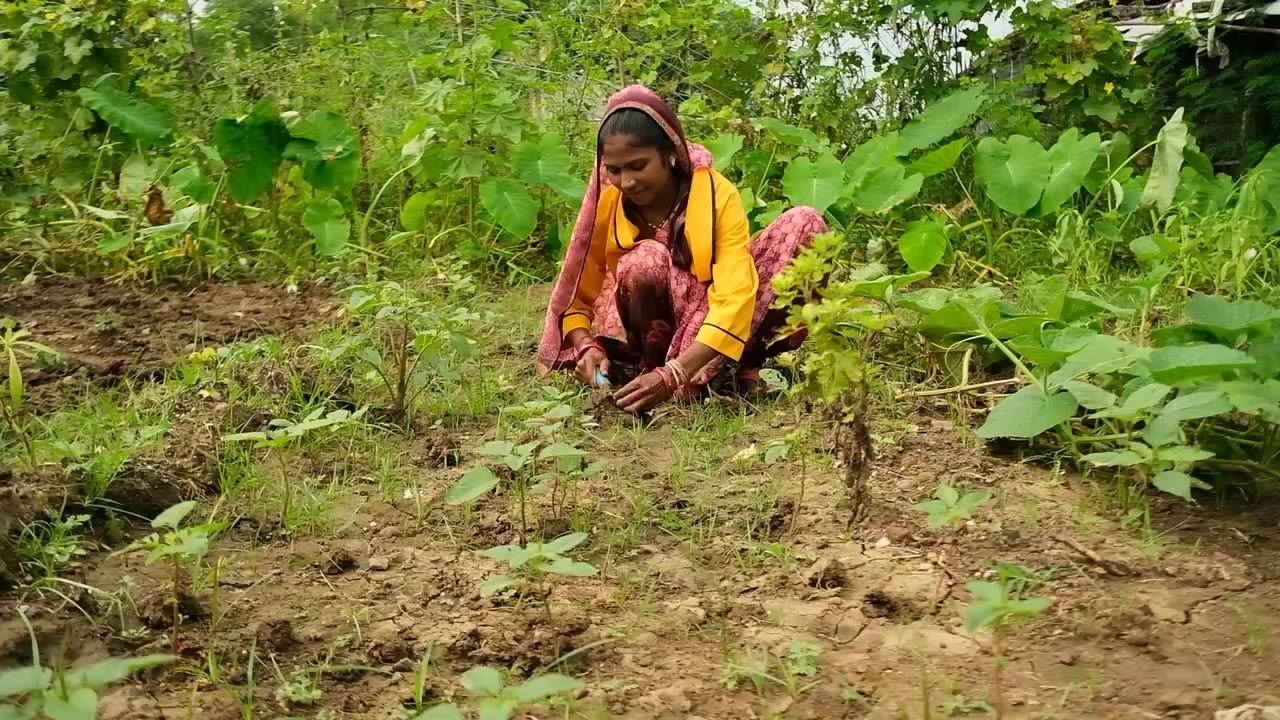
Soybeans are mainly produced in North and South American countries, such as the USA, Brazil and Argentina where 77% of production originates on large-scale farms of more than 1,000 ha. Meanwhile in Asia, particularly in China and India, and Africa in Mozambique, Zambia, and Malawi, the majority of soybean production is carried out by millions of small-scale farmers who own just a few hectares of land, primarily catering to domestic markets.
The Small Farmer Atlas explores the perceptions of small-scale farmers on a wide range of sustainability topics centered on three themes: prosperity, inclusivity and balance with nature. Small-scale soybean farmers from India, Mozambique and Paraguay are included in this report.
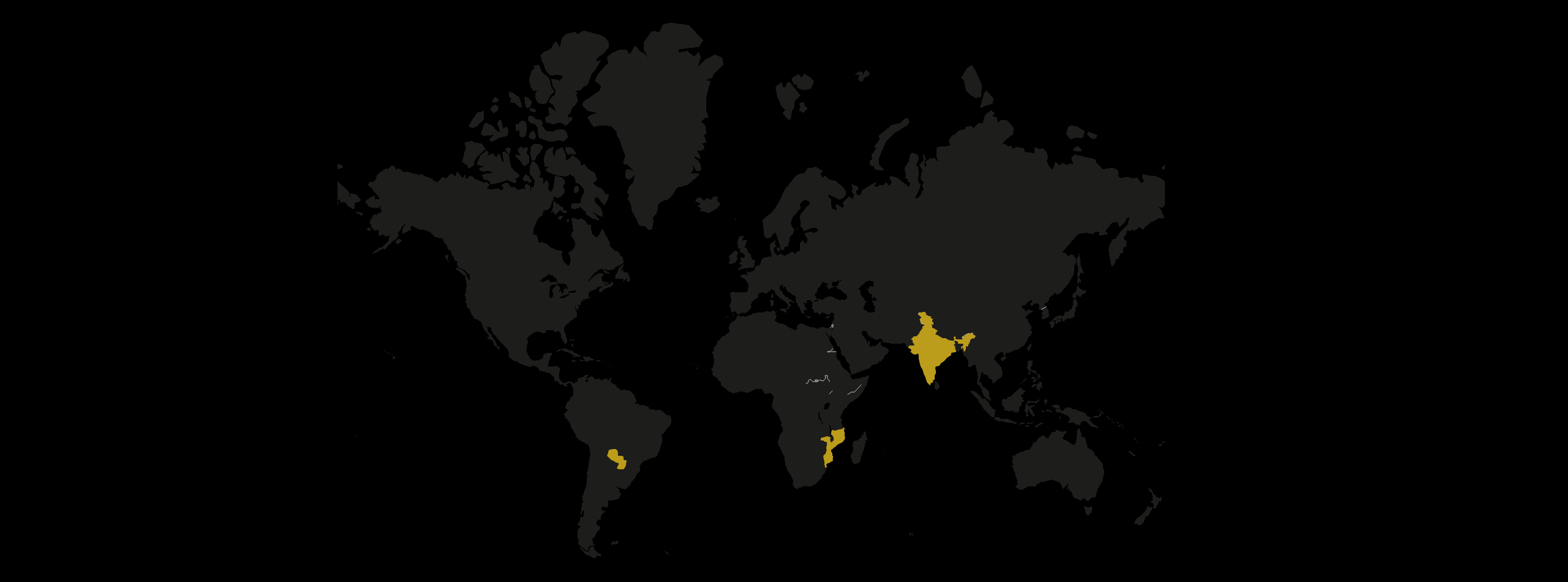
SMALL FARMER ATLAS
PERCEPTIONS ON SOYBEANS
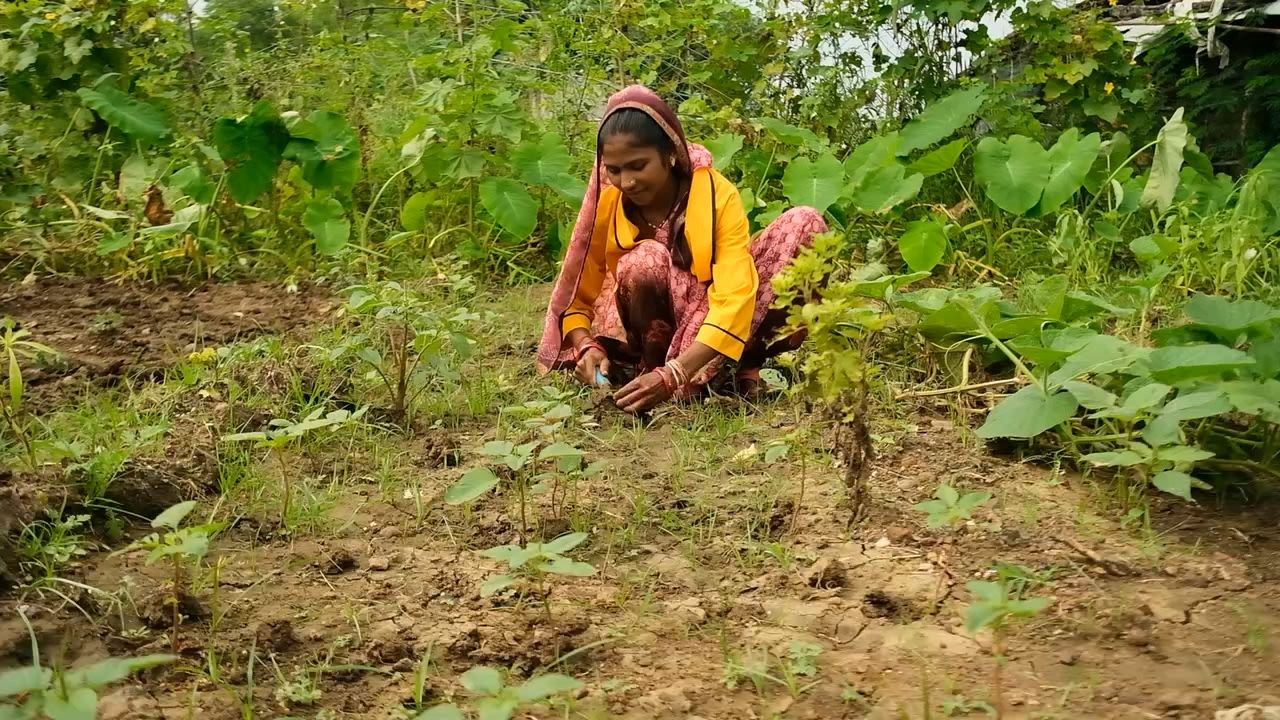
Soy producers have little influence in the supply chain and are heavily reliant on consistent weather patterns. In the soy producing countries included in our research – India, Mozambique and Paraguay – farmers’ perceptions differ considerably. This may be influenced by a broad range of factors, especially the extent to which the soybean market is oriented towards meeting domestic demand or exports.
PROSPERITY
Farmers in Mozambique and Paraguay are marginally satisfied with their income from soybeans, while India was less positive. Most farmers cite their position as price takers and the lack of alternative markets as barriers to their success.
INCLUSIVITY
The majority of farmers expressed their concern about the lack of supportive governmental policies to protect their interests. Farmers who are members of a farmer organization are less concerned about their position.
NATURE
The environmental outlook is deeply troubling across all three countries. Since soy is largely a rainfed crop, the reliability of water sources and degraded soils feed negative perceptions.
SMALL FARMER ATLAS
SUPPLY CHAIN

The international trade flow is massively concentrated around two ‘magnetic’ poles. On the one hand, the Americas represent the production/export pole. On the other hand, the import/ consumption pole is situated in Asia. It attracted about 80% of global import flows in 2020, with China taking up the lion’s share (30%). The EU27+UK is the second largest export market, importing soy in the form of beans, soymeal and cake destined for use as feed for pigs, poultry and cattle.
For animal agriculture, soybeans are one of the most important sources of protein. Almost 80% of soy ends up in feed troughs and remains an invisible ingredient to consumers. The way that soy is embedded within the food system makes it challenging to raise awareness among consumers about negative externalities associated with its production.
Although soy is an essential agricultural commodity, global demand for sustainably produced soy has been surprisingly low when compared to other commodities. While certifications can help ensure responsible production practices, they alone cannot address the complex issues of deforestation and land conversion associated with soy production. If the demand for sustainable soy remains lower than the supply, there is no incentive for farmers to produce more sustainably.
SMALL FARMER ATLAS
3 QUESTIONS

Small-scale farmers in India have struggled with extreme weather events, and generate insufficient income from their tiny land holdings. Water access has become a concern as weather patterns shift and rainfall is less reliable.
Farmers in Mozambique tend to be smaller and expresss concern about the lack of supportive policies that protect their interests.
Farmers in Paraguay tend to have a more positive outlook on regulations and policies due to government support for export markets. All farmers interviewed reside in regions where deforestation is prohibited by law, which has resulted in no new deforestation taking place, yet soil quality is a concern.
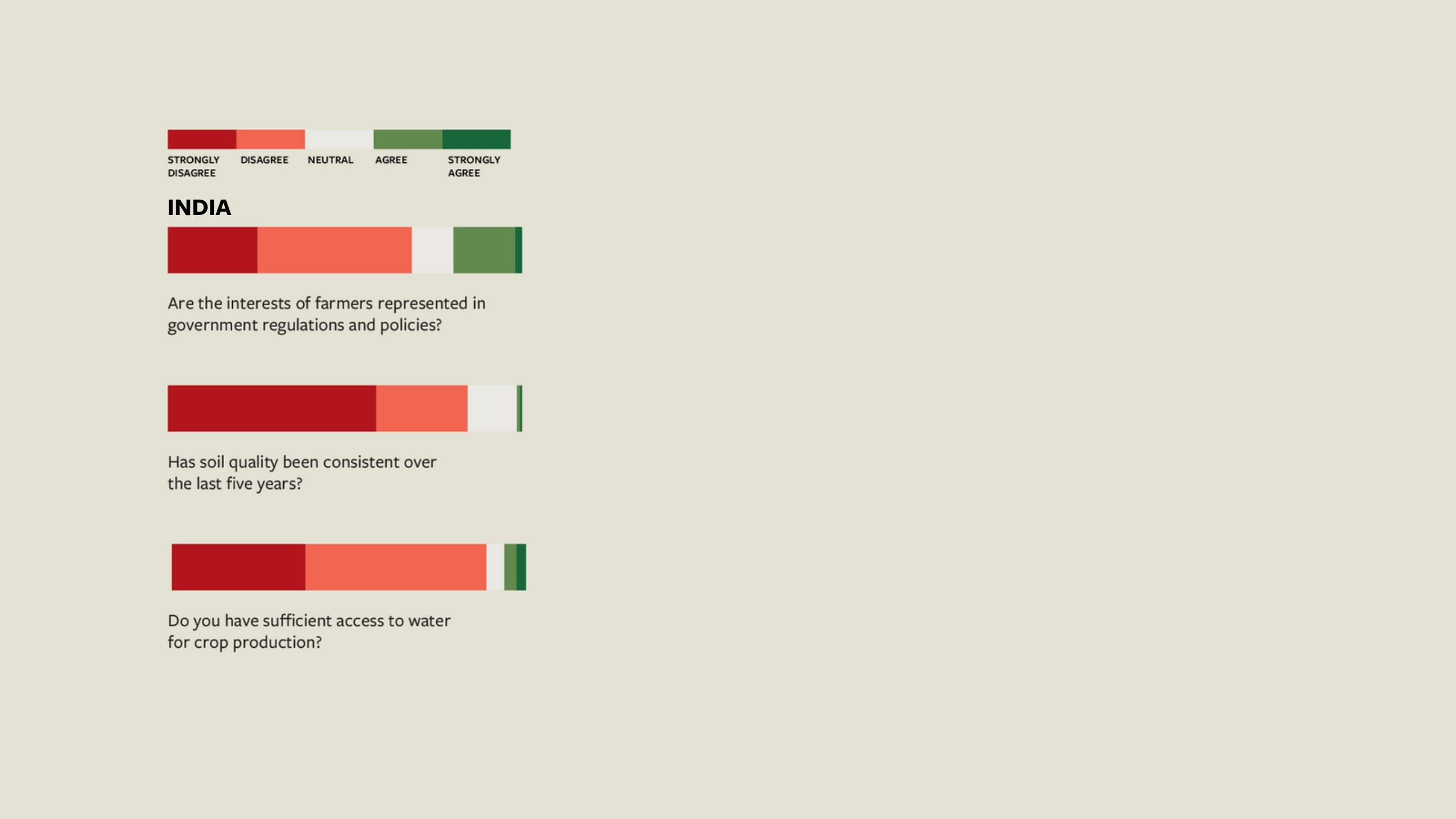
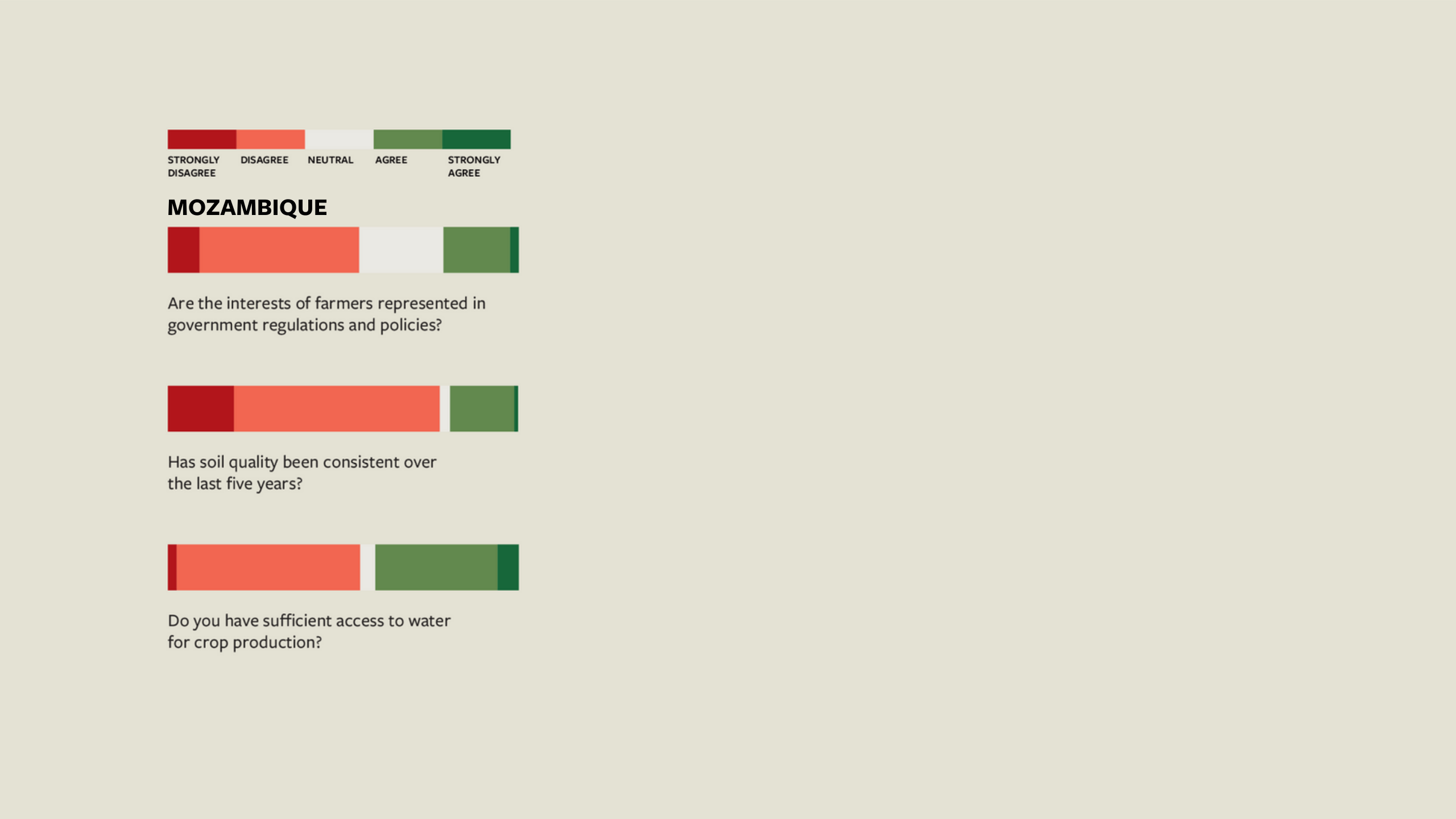
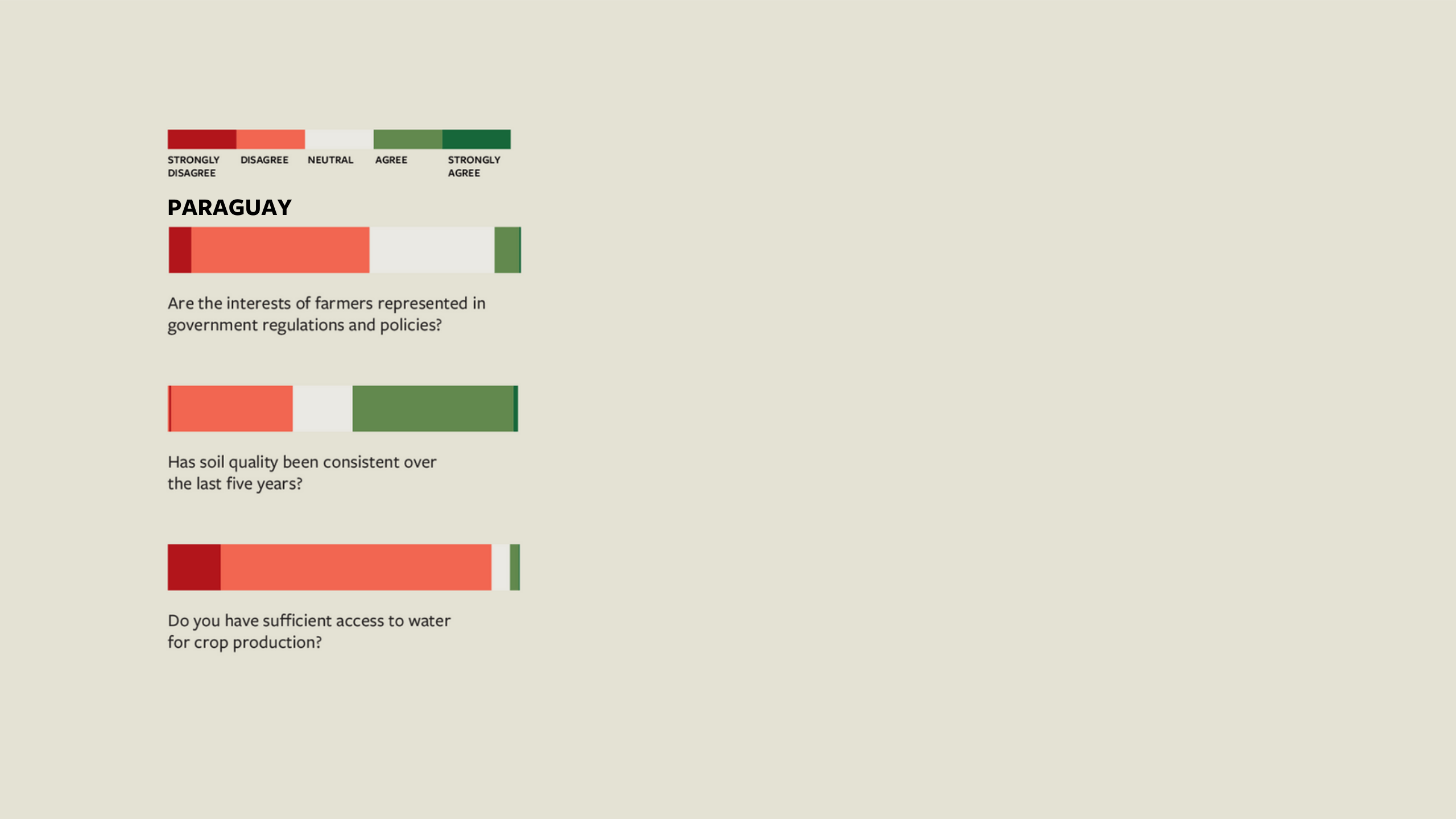
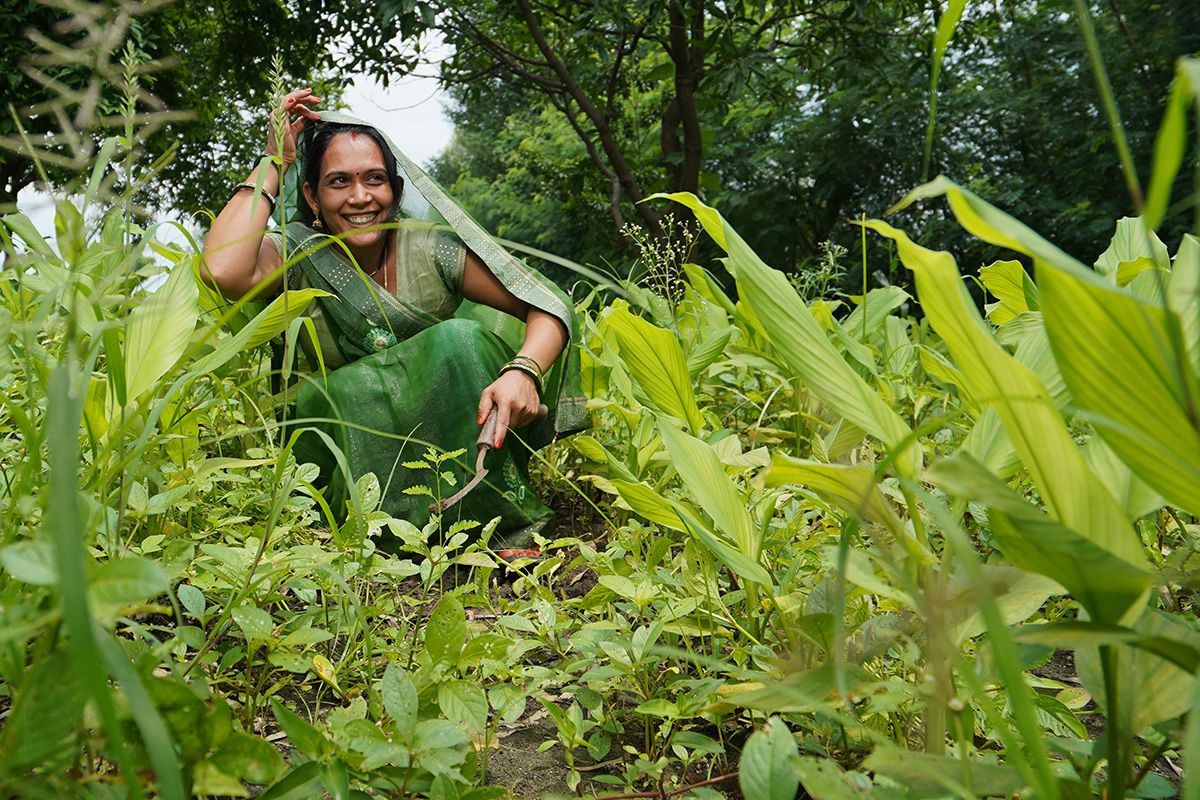
MEET SMALL-SCALE SOYBEAN FARMERS
SOYBEAN FARMER PROVES THAT AGRICULTURE IS MORE THAN JUST COWS & PLOUGHS
In Katete, Zambia, farmer Lyson Tembo improved his yields and income through Solidaridad’s Practice for Change Soy project. With training and access to quality seeds, he shifted from maize to soybeans, now supporting his large family and running a successful poultry business.
NEW PARTNERSHIP AIDS BRAZILIAN SOY FARMERS IN FOSTERING BIODIVERSITY
Solidaridad and BASF have teamed up on a project to promote sustainable soybean farming in Brazil. The project explores how eco-friendly practices can benefit biodiversity and pollinators with a long-term goal of rewarding farmers for delivering nature-positive projects.

Join the discussion
Looking for further insights and ideas or just want to share with others? Join the Small Farmer Atlas LinkedIn Group.
Download the PDF
The full Small Farmer Atlas goes into detail on that current state of sustainability from farmers' perspective.
Explore the data
This website represents a small portion of the data collected. Sign up to access the Data Portal and learn more.
